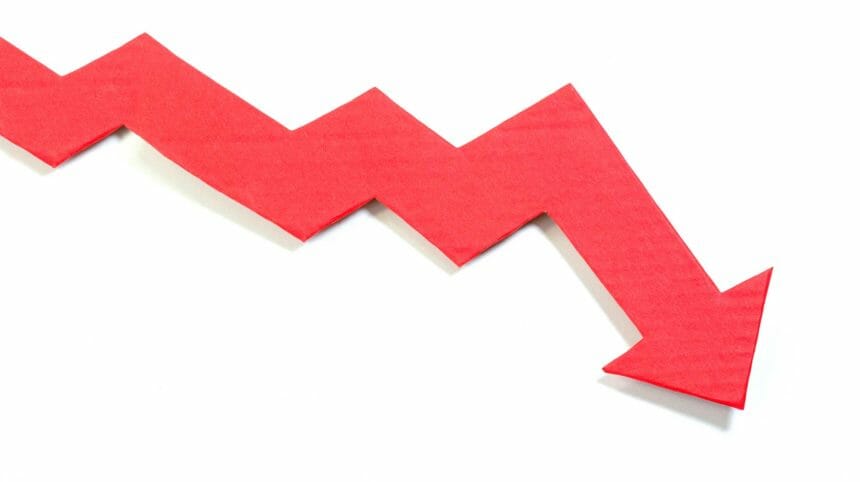
Half of assisted living providers are operating at a loss, and 64% say they won’t be able to sustain operations for another year, according to survey results released Wednesday by the National Center for Assisted Living.
In the poll, conducted Aug. 8 to 10, 193 assisted living providers shared that they are facing a financial crisis similar to that experienced by nursing homes as their COVID-19 response has significantly increased costs while also affecting revenue streams. A majority (73%) of survey respondents reported operating at a profit margin of 3% or less.
Unlike nursing homes, assisted living providers have not received any direct federal funding while incurring significant cost increases for personal protective equipment (95%), staff “hero pay” (55%), cleaning supplies (50%) and testing (29%), according to NCAL. Poll participants shared that they expect to continue to incur significant expenses in response to the pandemic, especially for PPE (97%), testing (55%), hero pay (62%) and cleaning supplies (80%).
Assisted living operators also have not received federal support afforded nursing homes in the form of PPE and testing, which many providers are paying for out of pocket. Only 15% of assisted living providers received some funding from the Coronavirus Aid, Relief, and Economic Security (CARES) Act Provider Relief Fund for all Medicaid providers — of which less than half of assisted living operators are eligible.
At the state level, only 16% reported receiving any state government assistance. Forty-four percent said they have not received any government funding to battle COVID-19.
Associations representing senior living and other long-term care providers have called on Congress to prioritize long-term care operators and provide $100 billion for assisted living communities and nursing homes to cover the COVID-19-related costs of testing, PPE and staffing.
The assisted living survey comes on the heels of survey results from NCAL’s sister organization, the American Health Care Association, on the financial status of nursing homes. In that survey, seven out of 10 nursing homes reported that they will not be able to sustain operations for another year as COVID-19 costs overwhelm the business side.
‘Skinny’ bill? More like anemic, LeadingAge says
Meanwhile, Senate Republicans on Tuesday began circulating text of a scaled-back coronavirus relief package that includes corporate liability protections related to the virus, as well as funding for testing, but no additional funding for healthcare provider grants.
The bill is a pared-down, or “skinny,” version of the $1 trillion Health, Economic Assistance, Liability, and Schools (HEALS) Act package Republicans offered last month.
LeadingAge President and CEO Katie Smith Sloan said the bill “provides no real relief to older Americans,” failing to provide funding to help aging services providers cover PPE and other increased costs related to the pandemic, does not address the needs of healthcare workers or and provides only a fraction of the $10 billion needed for testing.
“This isn’t just skinny,” she said. “It’s anemic. And when the Senate leadership justifies the bill by saying they included only the ‘most urgent’ needs — as vulnerable adults die in record numbers — it seems that what they really mean is that older lives are expendable.”
Evan Lubline, CEO of Indianapolis, IN-based Hooverwood Living, which offers skilled nursing and assisted living services, said facilities are in a fight for their lives.
“We can get PPE, but the problem is paying for it at $30,000 per month. And pandemic pay for staff is as much as $45,000 monthly. We’ve been losing $300,000 to $350,000 monthly,” Lubline said. “We are in the fight for our lives. If we can’t get more help, we have to think about how we keep our doors open then.”
LeadingAge Ohio President and CEO Kathryn Brod said that providers are spending multiples of what they spent pre-COVID-19 on PPE items, both in amount and in cost.
“Items that used to cost 25 cents topped $7 at one point,” she said. “Since’s COVID-19’s arrival, testing has been the Achilles heel of all strategies. As Ohio steps up its testing mandates, the costs are unsustainable. If more support doesn’t come, closures are a reality.”




